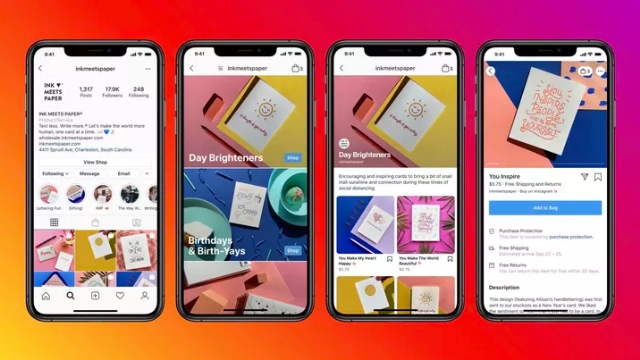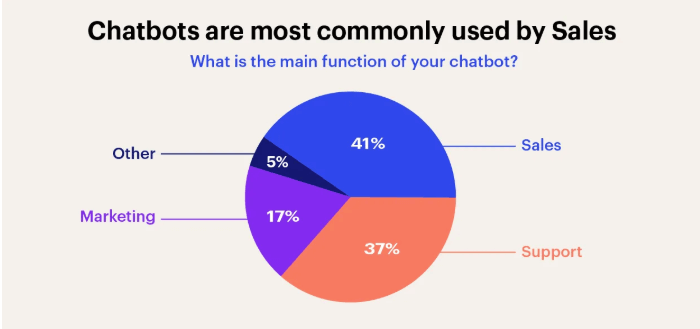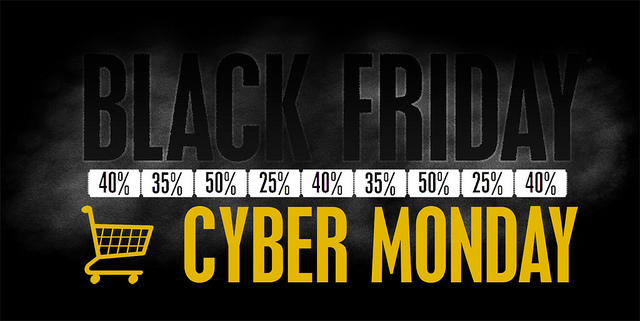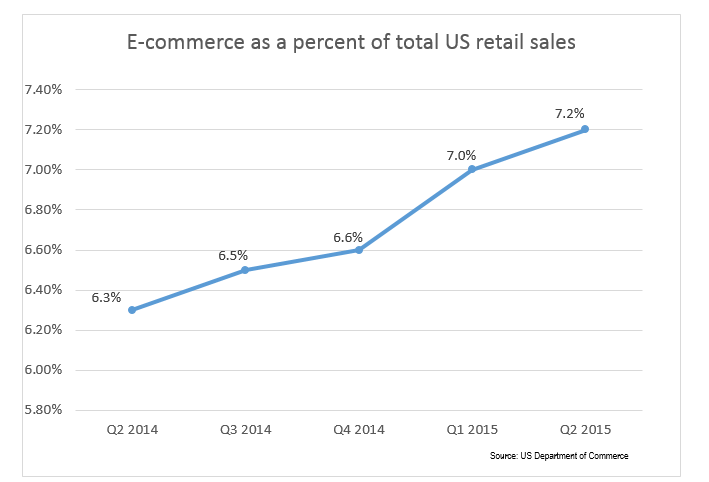Facebook is launching a major overhaul called Shops which will make it easier for brands to sell their products to users without sending them off the social network.
In theory, the move would allow e-commerce businesses to operate their entire business over Facebook, without an external website or online shop.
With Facebook Shops, businesses can turn their Facebook pages into completely shoppable storefronts. The company also plans to extend the feature to Instagram in the near future.

While the service is free to set up on the social networks, it is powered by third-party services such as Shopify, BigCommerce, and Woo which tend to require a fee or subscription to use. Additionally, the service will charge a fee when customers complete a transaction using the feature.
Businesses will also be able to include their shops in Stories or buy ads to promote their shops and products across the social networks. However, it is unknown exactly what those ads will look like when they arrive.
In a blog post, Facebook indicated they will be working to integrate loyalty programs into their online shop sometime soon.
“You’ll be able to easily see and keep track of your points and rewards,” said a company representative. “And we’re exploring ways to help small businesses create, manage, and surface a loyalty program on Facebook Shops.”
While discussing the move in a live stream, CEO Mark Zuckerberg suggested that brands struggling to recover from the COVID-19 shutdowns could use the feature to connect with new and existing customers.
“If you can’t physically open your store or restaurant, you can still take orders online and ship them to people,” said Zuckerberg. “We’re seeing a lot of small businesses that never had online businesses get online for the first time.”








